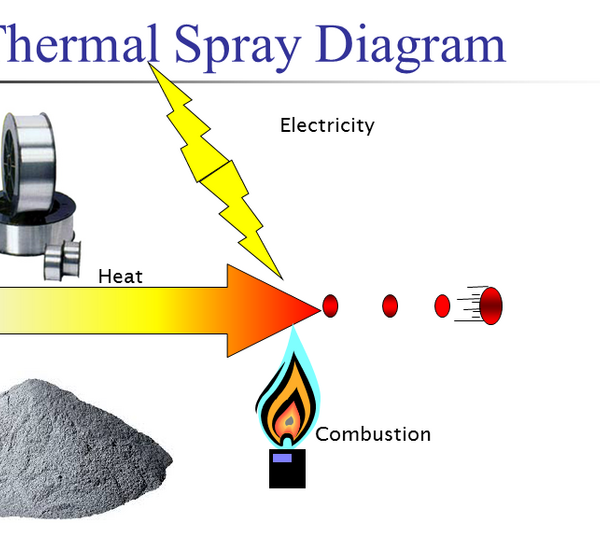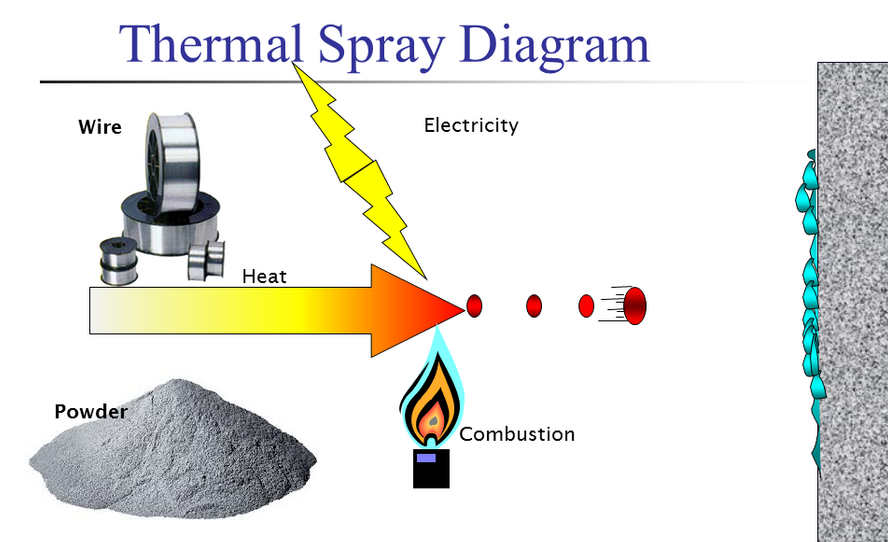
Six plasma spray coating materials and when they are used
The beauty of thermal spray lies in its variety. An assortment of different spray types are available, each with unique characteristics and uses.
1. Plasma aluminium-graphite composite
This coating is favoured when materials need to be protected from the rigours of time rather than temperature. It is widely used on turbine engines in addition to aluminium and titanium alloys. Plasma sprays such as these offered by https://www.poeton.co.uk/standard-treatments/plasma-coatings/ provide superior protection as materials age – the surface loses its hardness over time, but the coating doesn’t. Preparation for this treatment involves heating a material and then blasting it with grit.
2. Plasma chromium carbide
This coating consists of a chromium, carbide and nickel mix and is ideal for thinner materials that still require high levels of protection. In the case of thin materials, a thick or heavy coating can lead to cracking, so plasma chromium carbide is favoured. This type of coating can be applied as abrasive and provides excellent moisture resistance.
3. Plasma alumina-titania
If your coating aim is to lower porosity, plasma alumina-titania is the best option. This spray is frequently used on ceramics and makes them resistant to water, acids, heat, and nearly all alkali substances. The bond strength is particularly strong with this type of coating, so porosity is low and materials have a smooth, attractive finish. For this reason, it is sometimes used for cosmetic rather than simply protective reasons.
4. Plasma aluminium-polyester
This plasma spray is the abradable option and useful for machine parts that are frequently subjected to friction. The coating was originally tested on aeroplane engines, which confirmed its protective credentials. The engine parts underwent no visible wear and tear and the blades had high levels of thermal shock resistance. The spray consists of polyester powder and silicon aluminium. Surfaces should be cleaned thoroughly before the coating is applied, with a pointed steel bit achieving the best results.
5. Plasma chromium oxide
Materials that demand high levels of hardness and density will benefit from this type of coating. Plasma chromium oxide coatings are extremely resistant to everyday wear and abrasion and offer brilliant protection against particle erosion. This type of coating is versatile and even utilised in the textile industry to protect machine parts that regularly come into contact with fibres. Resistance to acids, alkalis and alcohols make the coating popular in corrosive environments in which chemicals are frequently used. If durability is your primary motivating factor, this is the coating you are likely to require.
6. Plasma molybdenum-nickel-aluminium
The other coatings on this list all have individual specifications; however, this one is the multi-purpose cover-all option. It is designed with general use in mind and is suitable for a range of applications. The coat can be applied in one step, making it extremely convenient, and it has high integrity. Nearly all materials – once cleaned – can be treated with this kind of spray, making it easily the most versatile on this list.

